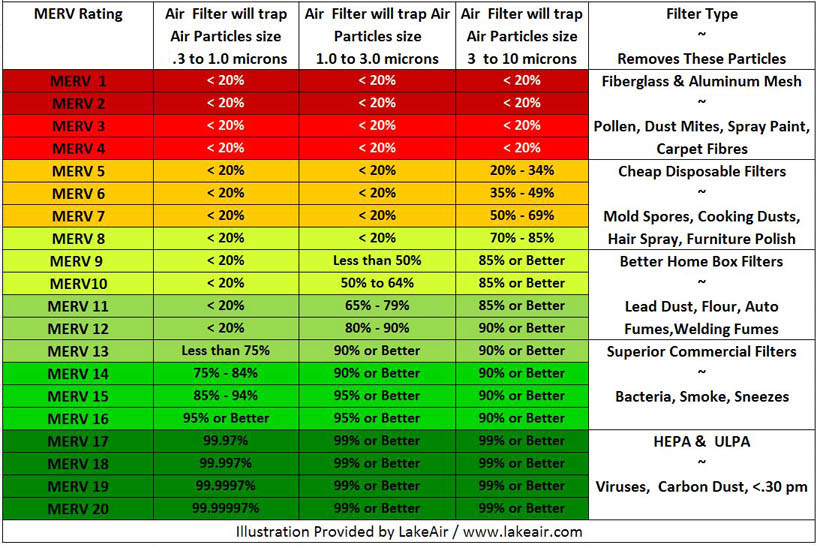It has been a YEAR. Trash Panda hopes you've been staying sane and safe. Well, as much as you can be in the year of our Everlasting Dumpster Fire 2020 (Update July 2021: And the year of our Great Anxiety 2021).
Speaking of fires - today's post is about how to make a cheap & effective DIY air purifier. Depending on the rating of the filter you use, it’s good for wildfire smoke, allergens, or even viruses.
Parts needed:
+ 20"x20" box fan
+ Furnace air filter, preferably 20"x20" and with a rating of MERV 13 or higher (more on this later)
+ Tape or bungee cord
Tape or use a bungee cord to attach the filter on the back/air intake of the box fan and make sure to have the little arrow on the side of the filter facing towards the fan. That's it. Just use enough tape to keep the filter on there, and try not to cover too much of the filter area with tape.
You can screw on little metal brackets on the side of the fan to create a more permanent way to slide the filter on the back, if you're feeling fancy.
Notes on use:
I’d recommend having one DIY air purifier per room, and giving the poor little buddy a break by turning it off while you’re not home.
A warning:
Box fan manufacturers warn against blocking the intake of their fans in any way for fear of the risk of the itty bitty fan motor overheating and catching something on fire. I've been running my trash panda air purifier for two days straight and the fan has not gotten any warmer. But I'm a trash panda. So if you're more cautious than a blogging racoon, only use your box fan air purifier when you're there to keep an eye on it, and don't run it when you're asleep.On fans:
I can guarantee that if you live in the American West, every handy person in your area already executed on this air purifier idea before I even starting typing this post. This means that box fans might be hard to find, especially since this summer has been hot as hell. A quick check shows Grainger has them available in Seattle now, but Home Depot and Lowe's won't have them til the end of next week.On air filters:
As you can see on this useful chart from the kind people at LakeAir*, filters rated MERV 10 and higher will trap 50% or more of the air particles between 1.0 and 3.0 microns. Please note that even a MERV 10 rated air filter will remove pollen, dust mites and mold spores from the air, making your DIY air purifier useful all year round.
You're going to want a filter MERV 13 or higher for sure if you want something effective at filtering COVID particulates out of the air. MERV 13 is good for removing sneeze droplets from the air and higher ratings are rated for viruses. And of course higher ratings are even better at removing wildfire smoke particulates.
Visual Learner? Some Videos:
The Washington Department of Ecology has a quick and easy instruction video:
A very nice woman from the Colville Indian Nation walks you through the process of making a one filter and a two filter DIY box fan air purifier:
The University of Michigan made the original video ages ago on the how and why of this particular air purifier design:
___________
*not an affiliate link or anything, they just have a very useful chart - thanks LakeAir!


Thanks for providing useful information. Wellis air offers the best surface disinfectants and air purifiers to keep you healthy and safe by eliminating household viruses and removing pollution from the air.
ReplyDeleteYou are giving such interesting information. It is great and beneficial info for us, I really enjoyed reading it. Thankful to you for sharing an article like this. Ultraviolet Air Disinfection Systems
ReplyDeletePollution level increasing day by day . Air pollution causes an estimated seven million premature deaths every year globally, owing to increased mortality caused by respiratory disorders, cancers and cardiovascular diseases. The demand of air purifier increasing day by day. You can install indoor air quality systems to stay healthy.
ReplyDeleteYou have covered almost all the steps regarding Indoor Air Quality Services in your blog post. all the steps you have mentioned are very important and helpful for our health or homes. As we know the air we breathe, both indoors and out, has a direct impact on our health. So I really enjoyed reading it. Thankful to you for sharing an article like this.
ReplyDeleteThe market for indoor air cleaning machines in Pakistan offers a variety of options, from compact personal units to advanced HEPA filtration systems for larger homes. Prices vary based on coverage area, brand, and smart features, making it easy to find a model that fits your budget and health needs.
ReplyDeleteI love how this post highlights the best deals and quality shopping tips! It’s so helpful for finding unique products without wasting time or money.Read more info about ecobee room temperature sensor
ReplyDeleteI admire this article for the well-researched content and excellent wording. I got so involved in this material that I couldn’t stop reading. I am impressed with your work and skill. Thank you so much. Read more info about Lennox Air Conditioner
ReplyDelete